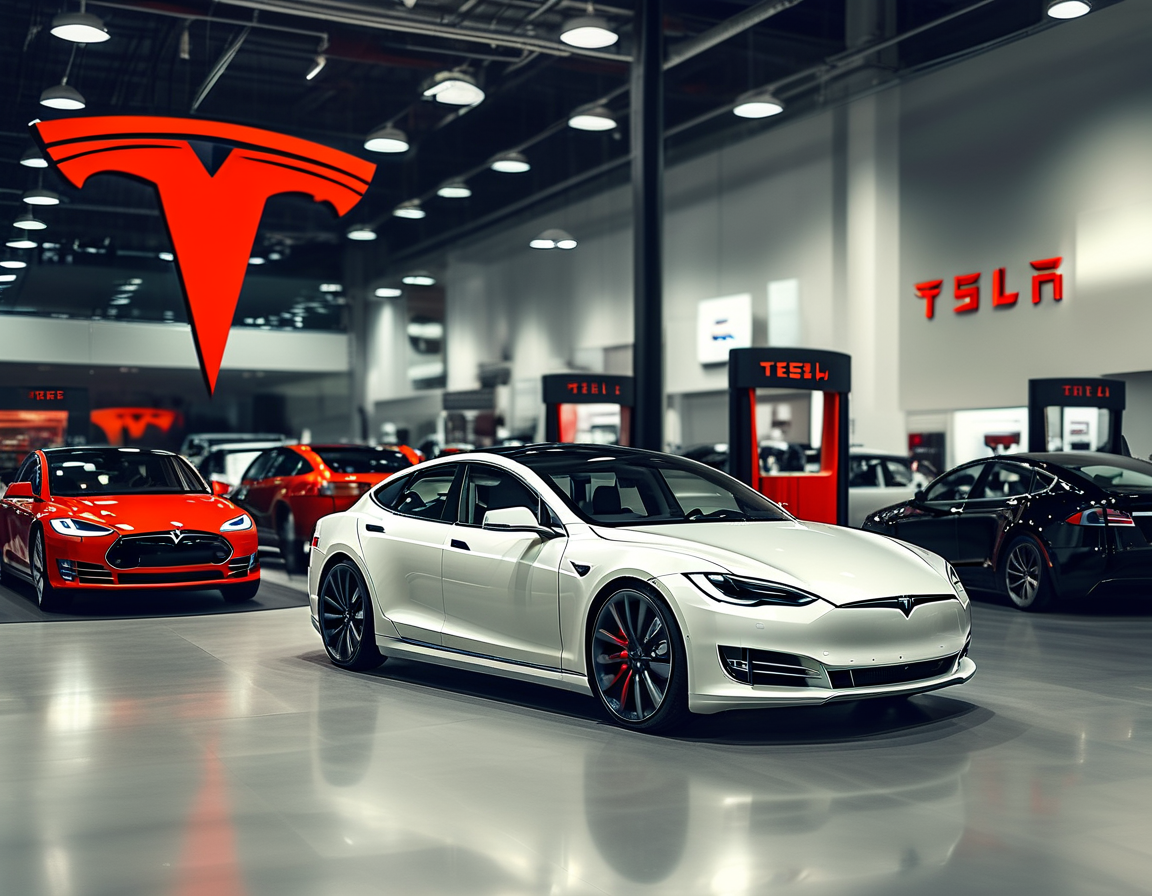
The recent announcement of tariffs by President Trump has created ripples in the auto industry. Many are left wondering how this will impact manufacturers. Will Tesla benefit from these new trade policies? Or will its competitors rise to the challenge?
At first glance, Tesla seems to have an advantage. Elon Musk’s company builds all cars sold in the U.S. within the country, specifically in California and Texas. This means Tesla cars won’t face tariffs on finished vehicles. It’s a win for Tesla, right? But there’s a catch. Prices for imported parts are set to increase due to the tariffs. This could raise production costs for Tesla, leading to higher prices for consumers.
Meanwhile, competitors like General Motors and Ford may find themselves scrambling. Their popular electric models, made in Mexico, will now come with a hefty price increase. It’s a clear divide emerging in the market. So, what does this mean for the average consumer? It could push prices of electric vehicles even further, making affordability a growing concern.
Market analysts predict that the tariffs might add up to $75 billion per year in costs for manufacturers. That’s a staggering figure, isn’t it? It’s a sum that will likely need to be passed on to buyers, leaving many Americans to wonder if a brand-new car will remain in reach.
In this case, it seems the lower-income families will bear the brunt of the rising costs. The Chevrolet Trax, made in South Korea, may become even less affordable. How will this impact families looking for budget-friendly transportation? It’s a valid concern, highlighting a growing gap in availability depending on income levels.
On a different note, some traditional automakers may rally. Ford’s F-series pickups are produced in the U.S., which could give the company a competitive edge. However, this may not apply universally across the industry. Brands like Toyota and Volkswagen, which rely heavily on imported models, could be hit hard by these tariffs. It’s a complex web of logistics and financial strategies that will unravel in the coming months.
With changes ongoing, what does the future hold? Analysts are still predicting disruptions, cutbacks, and even layoffs as supply chains become affected. The auto industry seems to be at a crossroads. It begs the question: how adaptable are companies in the face of such sudden policy shifts? The drive towards electric vehicles was already muddy, and now this adds a layer of uncertainty.
The situation continues to evolve, bringing in questions about where we go from here. Will American automakers innovate rapidly to survive? Or will they find themselves left in the dust as international manufacturers find ways to undercut prices? These are the questions we need to explore as this scenario unfolds. Considering the stakes, it’s clear that consumers will feel the effects on dealership lots across the nation.
Looking ahead, we can only hope for clarity. Maybe over time, parts suppliers will adapt to changes in tariffs, and production costs will stabilize. But until then, the landscape appears rocky. Are we ready for that ride? Adjusting to these new tariffs could lead to a whole new era in the automotive world.
Ultimately, keeping an eye on these developments will be key. Changes in policy can affect every aspect of the industry. From the factories to the showrooms, the impacts are far-reaching for both automakers and consumers alike. So, what’s your take? Will Tesla rise above, or will the industry find a way to level the playing field?
Leave a Comment